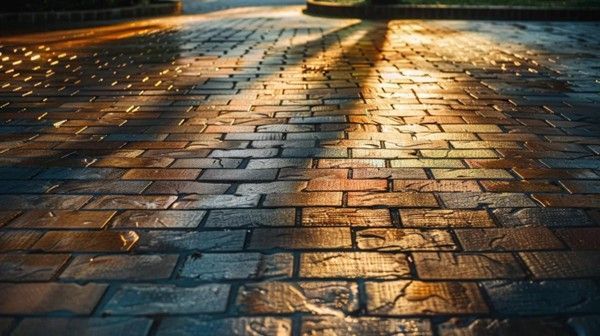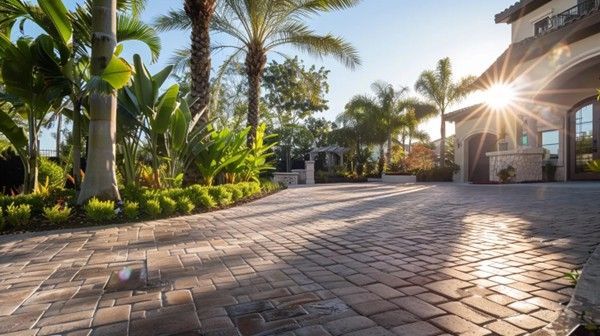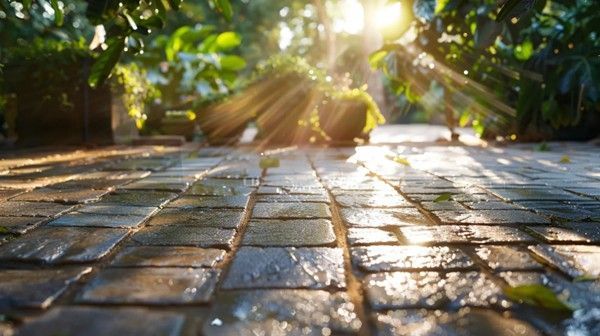Paver Sealing vs. No Sealing: What's Best for Patios?
When considering home improvement, many homeowners wonder about the best treatment for their patios and driveways: should they invest in a stone sealer or leave the pavers unsealed? Paver sealing offers a protective layer that can enhance durability and appearance, while going without sealing may seem easier.
This article will cover the benefits of sealing, the drawbacks of not sealing, and how to choose the right option for your patio or sidewalk. By the end, readers will understand the key differences and make a confident decision for their outdoor spaces.
Key Takeaways
- Sealing pavers protects against water damage and prolongs their lifespan effectively
- Regular sealant application minimizes maintenance and enhances patio aesthetics significantly
- Unsealed pavers can lead to costly stains and damage over time
- Professional consultations help homeowners make informed decisions on paver sealing
- Eco-friendly sealants support durability while minimizing environmental impact
Understanding Paver Sealing and Its Benefits
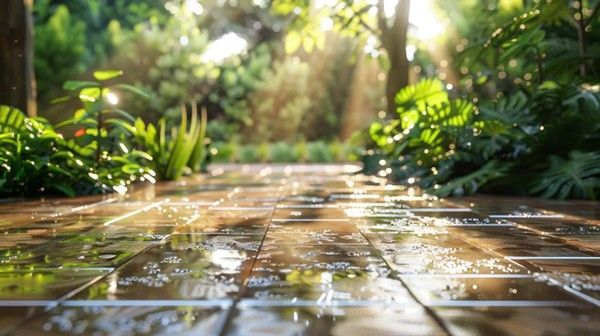
Sealants play a crucial role in prolonging the life of pavers by providing necessary protection against potential water damage and environmental influences. This process not only enhances the aesthetic appeal of patios but also shields against stains. Homeowners can choose methods like spray or brush application for ease of use, ensuring long-lasting durability with minimal effort using a hose for cleanup.
The Role of Sealants in Prolonging Paver Life
Sealants play a significant role in extending the lifespan of pavers by creating a protective barrier against humidity, dirt, and other harmful elements. Using a polyurethane-based sealant applied with a sprayer can effectively coat the surface, making it more resistant to stains and wear over time. This proactive approach not only minimizes maintenance but also contributes to a better experience for homeowners who desire durable patios, emphasizing the importance of excellent customer service in the sealing process.
Aesthetic Advantages of Sealing Pavers
Sealing pavers offers numerous aesthetic advantages that significantly enhance the look of patios. A quality sealant can protect against stains from oil, food, or outdoor elements, preventing discoloration and preserving the original color of concrete or stone.
Moreover, when sealants are applied using foam or pressure equipment, they create a glossy finish that elevates the overall appearance, making patio areas more inviting and visually appealing:
- Prevents staining from oil and food.
- Enhances the color and texture of pavers.
- Creates a glossy finish for a polished look.
Protection Against Stains and Environmental Damage
Protecting patios from wear and tear is essential for maintaining their appearance and longevity. Applying a paver sealant creates a barrier that helps prevent damage from mildew and moss, which can thrive in damp conditions and lead to unsightly stains.
An environmentally friendly sealant not only safeguards brick surfaces but also enhances the overall durability and aesthetic of patios, making them easier to clean and maintain over time.
Sealing protects pavers and keeps them beautiful. But what happens when homeowners choose not to seal?
Evaluating the No Sealing Option
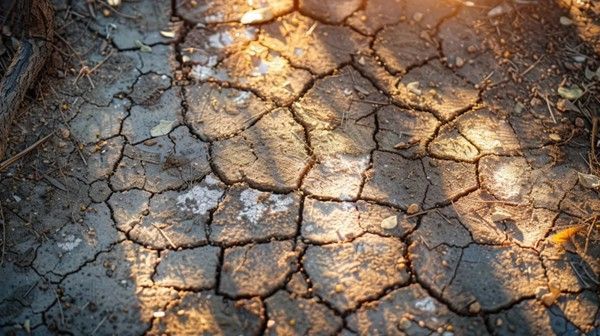
Without sealant, clay and concrete pavers experience natural aging, leading to potential wear and a dull appearance. Cost considerations may drive some homeowners to skip protective measures, but this choice can bring risks.
Accumulation of debris and dust can stain surfaces and necessitate increased maintenance over time, highlighting the importance of evaluating the consequences of not sealing pavers.
Natural Aging of Pavers Without Sealant
When homeowners forgo paver sealing services, they expose their patios to natural aging, which can lead to various issues. Without the protective layer of a sealant, pavers become more porous and susceptible to water infiltration, resulting in unsightly efflorescence that can dull the surface.
Additionally, over time, dirt and debris accumulate, necessitating regular sweeping with a broom and contributing to a lack of gloss that can diminish the overall beauty of the patio.
Cost Considerations for Avoiding Sealants
The decision to skip sealants may initially appear more cost-effective for homeowners, but it can lead to higher expenses in the long run. Without a protective coat, pavers are exposed to moisture, wear, and the accumulation of sand and dirt, which can result in staining and damage over time.
This inadequate protection often necessitates costly repairs or replacements, emphasizing the value of investing in a sealant to preserve the integrity and appearance of patios.
Weighing Potential Risks of No Sealing
Choosing not to seal pavers can lead to several risks that homeowners should consider before making a decision. Unsealed surfaces can become prone to stains, water infiltration, and mold growth, which may degrade the overall look and integrity of patios. Additionally, the long-term financial implications of repair and maintenance can significantly outweigh the initial savings of bypassing sealants.
| Risk Factor | Consequences | Potential Costs |
|---|---|---|
| Stains | Permanent discoloration from dirt, oil, and food. | High cleaning costs or replacement expenses. |
| Water Damage | Increased wear from moisture and freeze-thaw cycles. | Need for costly repairs. |
| Mold Growth | Unsightly patches and health risks. | Potential remediation costs. |
No sealing can lead to fade and damage over time. A comparison will show the real cost of each choice and help homeowners decide what’s best for their pavers.
Comparison of Paver Sealing and No Sealing
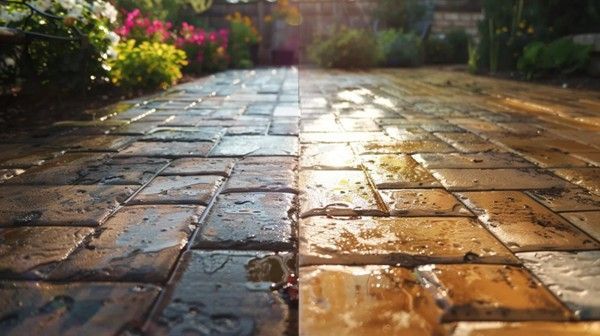
In evaluating the choices between sealing and not sealing pavers, homeowners must consider key aspects such as longevity and durability. A cost-benefit analysis over time reveals the financial implications of both options. Furthermore, the environmental impact of sealants should be noted as part of responsible decision-making. Each of these factors plays a significant role in determining the most suitable approach for patio maintenance.
Analyzing Longevity and Durability
When assessing longevity and durability, sealing pavers significantly enhances their lifespan compared to unsealed surfaces. A properly sealed patio can withstand various weather conditions, reducing the risk of cracks and structural damage over time.
In contrast, unsealed pavers are more susceptible to wear from moisture and dirt, leading to premature deterioration and frequent maintenance challenges that homeowners wish to avoid.
Cost-Benefit Analysis Over Time
When conducting a cost-benefit analysis over time, sealing pavers emerges as a more economically sound decision for homeowners. While the initial investment in sealant may seem high, the long-term savings from reduced maintenance and lower repair costs make it worthwhile. By preventing stains, water damage, and mold growth, sealed patios maintain their appearance and structure longer, minimizing the need for costly interventions that often arise from the wear and tear associated with unsealed surfaces.
Environmental Impact of Sealants
When considering the environmental impact of sealants, homeowners should recognize that many modern sealants are designed to be eco-friendly, minimizing harmful effects while protecting outdoor surfaces. These formulations help reduce water and oil penetration, which can prevent runoff contamination when combined with proper application techniques. By opting for high-quality sealants, homeowners not only enhance the durability of their patios but also support sustainable practices that contribute to a healthier outdoor environment.
The choice between sealing and leaving pavers bare can shape the life of your outdoor spaces. Next, consider when each option may best serve your needs and your home’s beauty.
Ideal Scenarios for Choosing Sealing or No Sealing
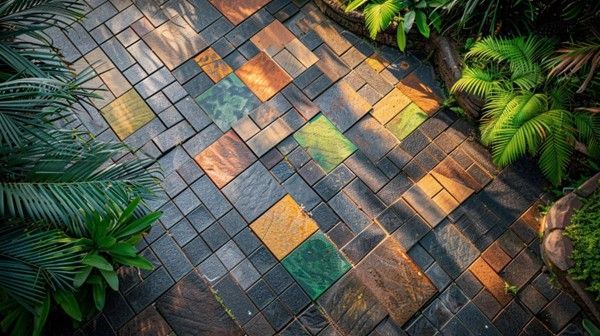
Several factors influence the decision to seal or not seal pavers, including climate considerations and the types of pavers used. Understanding how different weather conditions can affect paver performance helps homeowners make informed choices. Additionally, recognizing how various paver materials react to sealants will guide the selection process, ensuring optimal protection and aesthetic appeal.
Factors Influencing the Decision
Several factors influence the decision on whether to opt for sealing or forgoing sealants for pavers. Homeowners should consider climate conditions, as areas with high humidity or rainfall may benefit from the protection sealants offer. The type of paver material also plays a critical role; certain stones may react better to sealants, providing enhanced durability and longevity. Understanding these influences enables homeowners to make informed choices that align with their specific patio maintenance needs.
- Climate conditions.
- Type of paver material.
- Desired level of maintenance.
- Long-term aesthetic goals.
Climate Considerations and Their Impact
Climate plays a significant role in deciding whether to seal pavers or leave them unsealed. In areas with high humidity, frequent rainfall, or extreme temperature fluctuations, sealing pavers can provide essential protection against moisture infiltration and premature deterioration. Homeowners in such climates benefit from enhanced durability, as sealant helps prevent water damage and mold growth on their patios.
- Consider local weather patterns.
- Assess the humidity levels and rainfall in the area.
- Evaluate potential temperature extremes.
Types of Pavers and Their Reactivity to Sealants
Different types of pavers react uniquely to sealants, influencing the decision of whether to seal or leave them unsealed. For instance, concrete pavers typically absorb sealants effectively, improving their resistance to stains and moisture. In contrast, natural stone pavers may require specific sealants to maintain their texture and appearance without causing damage.
| Type of Paver | Reactivity to Sealants | Considerations |
|---|---|---|
| Concrete Pavers | Absorb sealants well, enhancing durability. | May need periodic resealing. |
| Natural Stone Pavers | Require care with sealant choice to avoid damage. | Consult with professionals for best products. |
| Clay Pavers | Can benefit from sealing, but over-application may affect color. | Test a small area prior to full application. |
Choosing whether to seal pavers affects their look and life. Understanding what it takes to keep them in top shape, whether sealed or not, decides their fate.
Maintenance Requirements for Sealed vs. Unsealed Pavers
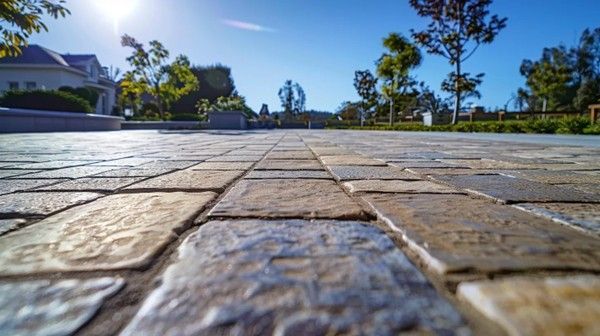
Routine care for sealed pavers involves minimal maintenance, focusing on occasional cleaning and periodic resealing to maintain their protective layer. Managing unsealed paver maintenance, on the other hand, requires more attention to prevent buildup of dirt and stains. Long-term care strategies for both options highlight the distinctions in upkeep needs, ensuring homeowners understand how to best maintain their patios.
Routine Care for Sealed Pavers
Routine care for sealed pavers is straightforward and involves minimal effort. Homeowners should focus on regular cleaning with a gentle soap solution and a soft broom to remove dirt and debris, helping maintain the sealant's efficacy. Periodic resealing, typically every one to three years, ensures the protective barrier remains intact and effectively shields the surface from stains and environmental damage.
Managing Unsealed Paver Maintenance
Managing unsealed paver maintenance requires continual attention to prevent damage and deterioration. Homeowners must regularly clean the surface to remove dirt and debris, as accumulation can lead to staining and discoloration. Additionally, it's essential to monitor for signs of mold or mildew, as these can thrive in moist conditions and negatively impact the appearance and integrity of the patio.
Long-Term Care Strategies
Long-term care strategies for patios, whether sealed or unsealed, focus on maintaining their appearance and durability. For sealed pavers, homeowners should conduct regular cleanings using a gentle soap solution, along with periodic resealing every one to three years to preserve the protective coating.
In contrast, unsealed pavers require more frequent attention to prevent dirt buildup and reduce the risk of stains and mold growth, emphasizing the need for proactive maintenance to keep patios looking their best.
Taking care of pavers requires thought. Now, it’s time to consider whether sealing them is the right path forward.
Making the Final Decision on Paver Sealing

Before finalizing a decision on paver sealing, homeowners should consider key questions that evaluate their specific needs. Consulting with professionals can provide valuable insights into best practices for sealing and maintenance. Additionally, reviewing case studies that showcase successful decisions can offer practical examples, helping homeowners make informed choices tailored to their patios.
This structured approach ensures that all factors are considered, promoting an effective and lasting solution for patio care.
Key Questions to Ask Before Deciding
Before deciding on paver sealing, homeowners should ask themselves several key questions to evaluate their specific needs effectively. They may consider the climate in their area, the type of pavers being used, and their long-term maintenance goals. Understanding these factors can guide them in determining whether sealing their patios is the best choice for protection and aesthetics, helping to avoid costly repairs in the future.
Consulting With Professionals for Best Practices
Consulting with professionals who specialize in paver sealing can provide homeowners with invaluable insights into the best practices for maintaining patios. These experts thoroughly assess specific needs based on factors such as climate, the type of pavers, and the desired level of maintenance, ultimately guiding homeowners to make informed decisions about sealing.
Engaging professionals not only helps avoid costly mistakes but also enhances the overall effectiveness of the sealing process, ensuring that patios remain beautiful and durable for years to come:
- Assessing specific needs based on climate and paver type.
- Providing insights into best practices for sealing.
- Helping homeowners avoid costly mistakes.
- Enhancing the effectiveness of the sealing process.
Case Studies Highlighting Successful Choices
Case studies provide valuable insights into the benefits of sealing pavers for homeowners. For instance, a recent project in SouthFlorida demonstrated how sealing pavers not only enhanced the aesthetic appeal of a backyard patio but also significantly reduced staining from food and moisture during heavy rain. Homeowners reported that the investment in sealing resulted in lower maintenance efforts and prolonged the lifespan of their pavers, showcasing the practical advantages of this protective measure.
Conclusion
Choosing between sealing and not sealing pavers has significant implications for the longevity and appearance of patios. Sealing provides essential protection against stains, moisture, and environmental damage, ultimately leading to lower maintenance and repair costs over time.
Homeowners must carefully consider their specific needs and local climate to make an informed decision that enhances their outdoor spaces. Ultimately, investing in paver sealing ensures that patios remain beautiful and durable, providing lasting value to homeowners.


